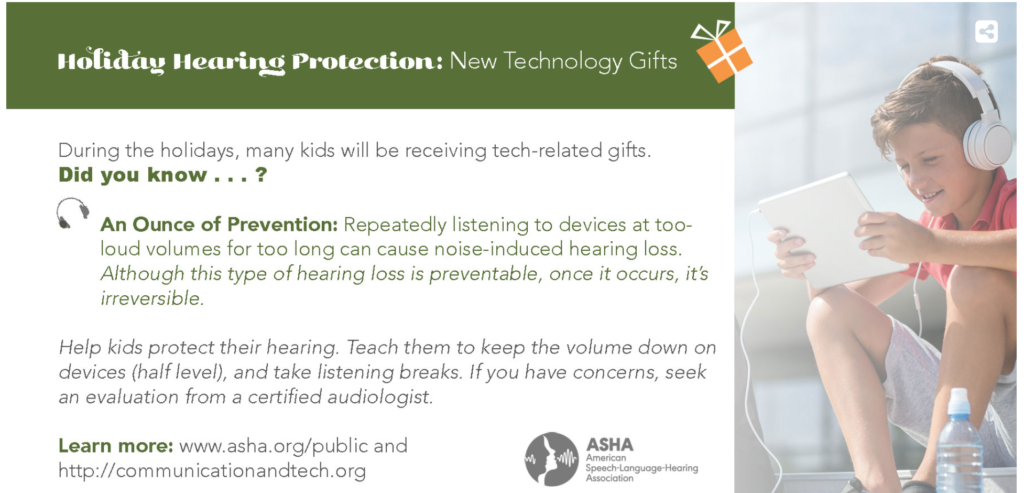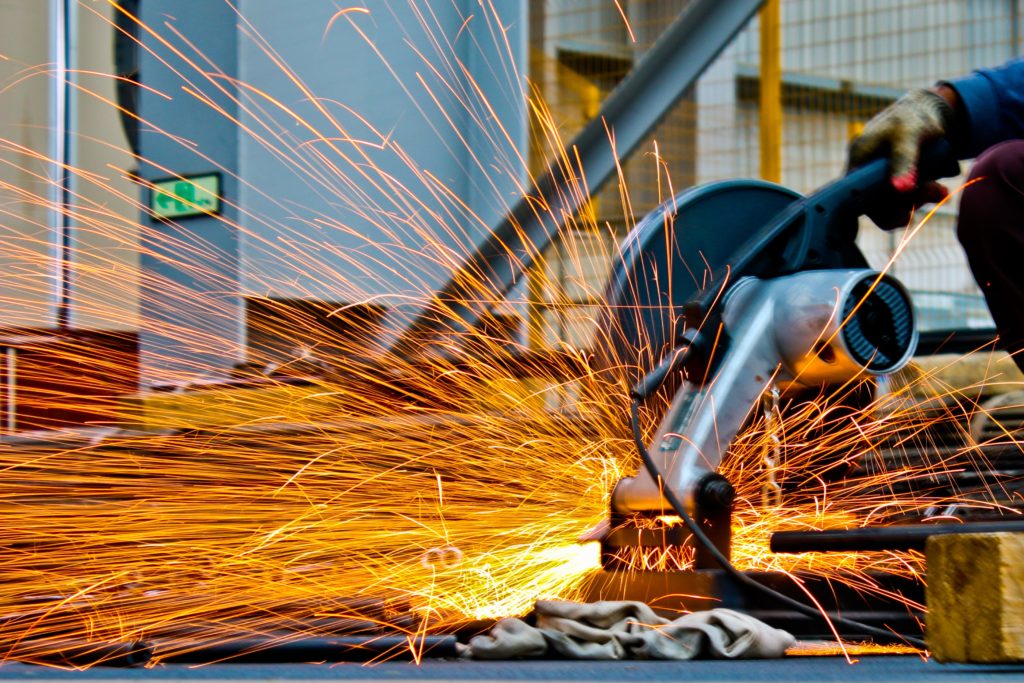Watch those ears at yesterdays game
You won’t believe how loud it gets in the Dome!

The Super Dome is always loud and proud. But can all that cheering and screaming be hazardous to your hearing?
“Last year for Rams game we were at 128 decibels!” Says Jamie Pierre with Ochsner. She tells WWL-TV that’s like standing under a fighter plane taking off from an aircraft carrier.
Can being exposed to all that cheering in the Dome really have an impact?
“Your risk to experiencing hearing loss as a spectator is expected to be little less than someone working an eight hour shift at a noisy factory,” Pierre says. So yes, the Dome’s roaring crowds can have effects on your hearing:
“If you do have a hearing loss, then what will is the good hearing that you might have left, or even any hearing you may have, you’re at risk for making that hearing loss worse.”
Pierre cautions fans to take care against damaging their hearing. She says wear ear plugs:
“They’re very small, they’re discreet and they’re very good for you.”
Pierre also emphasizes protecting children’s hearing by covering their ears with earmuffs.
It was 2013 when the decibel level at the Dome came just short of the loudest crowd roar on record.
So you heard it hear folks! Protect those ears..
Source
https://wwl.radio.com/articles/watch-those-ears-at-todays-game

 From all of us at Custom Protect Ear…
From all of us at Custom Protect Ear…
















 and removal.
and removal. 